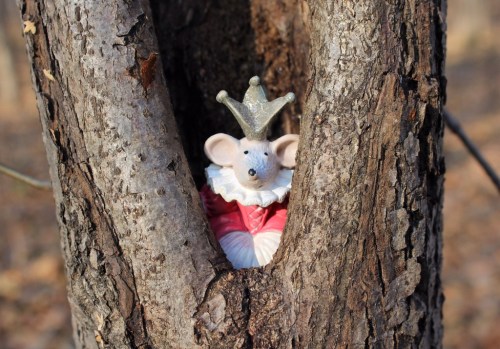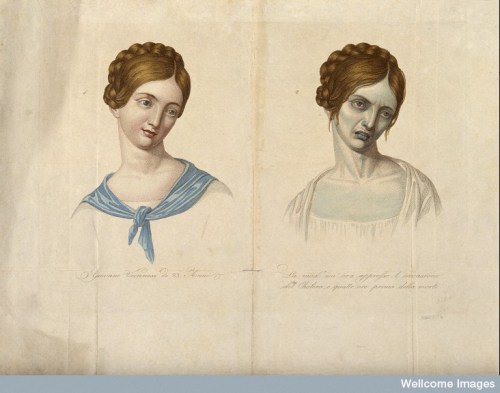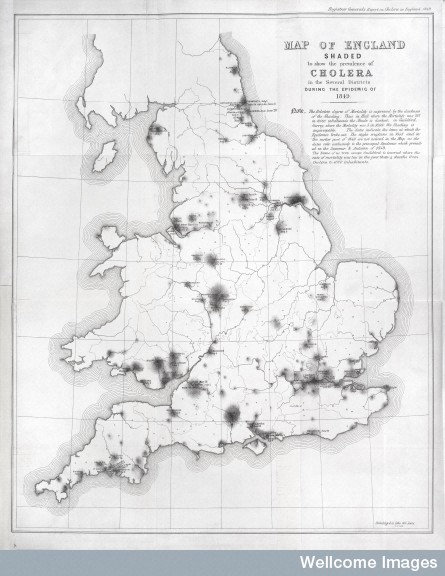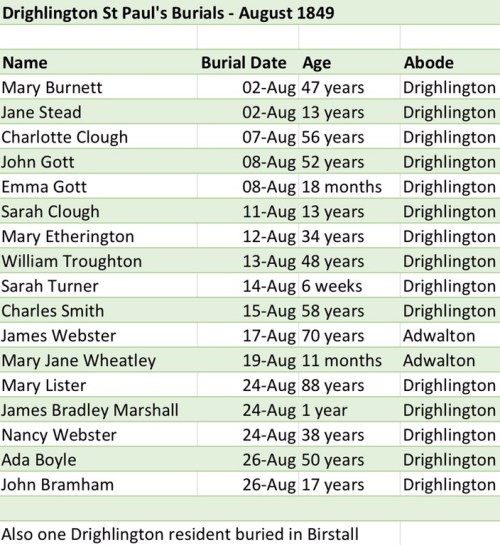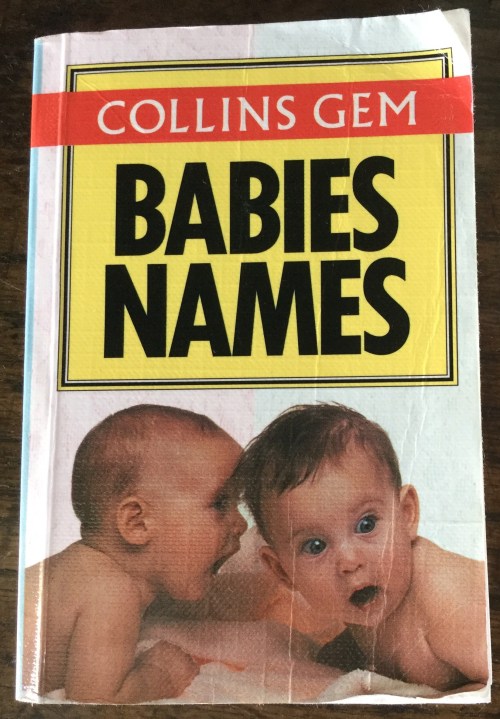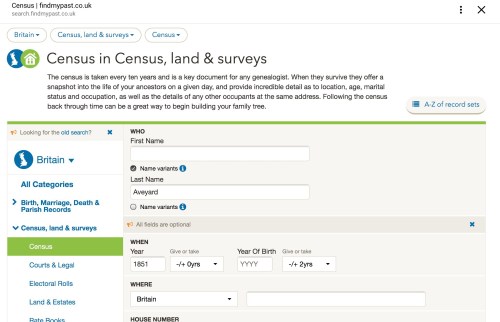After several years immersed in family history research, along the way I’ve also observed my fellow researchers, and I include myself here. As a result I’ve identified several breeds within this species. Some are clearly pedigrees displaying one single personality trait. Others are more of the Heinz 57 variety, displaying a cross section of characteristics to varying degrees, depending on their inherited DNA.
The categories I’ve identified are by no means exhaustive. I have listed them below, along with their core characteristics.The Gatherer: This grouping is more concerned about how far back they can go and how many individuals their tree can hold, rather than in-depth individual stories of ancestors. It’s a contest, a badge of honour. Who can get back the furthest. Who can collect the most. What their tree lacks for in substance, they more than make up for with the thousands of names and dates populating the multiple branches. So many names it makes it difficult to distinguish the wood from the trees.
The Treehopper: These individuals hop from one public tree to another culling data. The Treehopper doesn’t evaluate this data to see if it is indeed their family. And they are oblivious to errors such as children born before parents and centuries old Methusalahs. Their philosophy is “it’s on the internet so it must be true“.There is much cross-fertilisation amongst the Treehopper populace, so the errors become self-perpetuating.
The Plunderer: These folk are similar to the Treehopper breed in that they cherry pick data from others. But they are far more discerning. And they are not averse to passing the research off as their own.
The Fortune Seeker: This bounty-hunting bunch are only interested in proving their connection to rich and famous. The richer and more famous the better. Their ace would be to have a link to royalty. A dinner-table topic to dine out on forever, whilst polishing their collective tiaras.
The Carnivore: This sub-species is only interested in their meaty, gory ancestors. They wallow in the deepest, darkest entrails of their family history. Ordinary lives are not worth spending time researching. These individuals thrive on the blood-lust of murderers, criminals, victims, bigamists, incest intrigues, gruesome deaths, disasters and tragedies. The grislier the better, in order to feed their passion.The Nurturer: Always putting others before themselves, these kindly souls spend so much time helping others in their family history quest, that their own research is sadly neglected. They make occasional efforts to tend and grow their own tree, only to succumb once more to the cries of help from others.
Whilst they do love assisting the more juvenile researchers in their midst, their plaintive moans of despair at their lack of personal tree-time can occasionally be heard echoing in archive corridors.
The Wanderer: These are the free spirits of the family history world. Or perhaps that should read the most easily distracted? They set off on one path, but part way through their research something more interesting attracts their attention and they change direction. They then spend hours wandering down this new road, before realising they’ve been diverted. Not to worry though. They’ll get to their destination eventually, but with lots of exciting adventures along the way.
The Aestivator: This is the spring/summer version of hibernation. During the, hopefully, good weather of these seasons aestivators concentrate on other hobbies and activities. The weather is too nice to be stuck indoors, at home or in archives, researching. The only trees they tend during this period are the ones in their gardens. The only nod towards family history research may be the occasional ancestral cemetery or location visit. Essentially they have entered a phase of genealogical torpor.They emerge from their aestivation with renewed energy and enthusiasm, ready to conduct their desk-based research during the cold, dark, wet months of late autumn/winter.
The Night Predator: These researchers burn the midnight oil. The daylight hours are eaten up by family and work demands. Once the children are safely tucked up in bed, partners craftily diverted and work consigned till tomorrow, the Night Predators’ family history papers come out and their computers are fired up. Time looses all track. One more minute becomes one more hour. Bed is but a distant port of call. The clock chimes an inconvenient 1am. Dawn brings its own dawning realisation, “I sleep to research more effectively.” Sleep, therefore, is an unwelcome, but essential, research interruption. And so eventually the Night Predator drags them-self wearily to bed, mind whirring on finds and strategies, counting ancestors not sheep.
The Protector: This group are the guardians of their family’s history. They unearth all aspects: good, bad and indifferent. They critically analyse and evaluate their research, recording it for posterity. They delve into all aspects, and historically and locally contextualise the lives of direct line and collateral ancestors. They collect, preserve, share, treasure and protect their finds to ensure no lives are forgotten. They engender a sense of family continuity.However be warned, their sheer single-minded obsession and enthusiasm may occasionally be too much for living family members. They have been known to bury their heads in their hands or flee for cover at the prospect of more quizzing or yet another tale from the Protector.
The Scavenger: These phenomena pull disparate facts swiftly together in a haphazard manner with no regard for considered research or truth. If someone has the same name, well that first match they encounter must be “The One“. No matter they may be from a totally unrelated parish, sometimes hundreds of miles away, there are multiple alternatives, or there are other irregularities.
Time, history, geography, facts and other options are minor inconveniences, swiftly ignored or dismissed. The Scavenger relies on gut instinct at best. At worst they ram the wrong shaped piece in their family history puzzle and move on.
The Specimen Collector: This category has a sole focus on direct line ancestors only, so four grandparents, eight great grandparents, 16 2x great grandparents and so on. They can really put these ancestors under their genealogical microscope or magnifying glass to probe and delve into their lives in minute detail, without the overwhelming distraction of collateral ancestors. The downside is this researcher may miss breaking down a brick wall which may come from looking at these collateral lines.
The Hunter: These individuals love the thrill of the ancestral chase. Nothing is more satisfying than a visit to the archives or a day spent surfing family history websites.Their homes are filled with hastily jotted notes on the back of discarded envelopes and scattered pieces of paper. They have multiple notebooks on the go at any one time, because they misplace the one they’re working on so swiftly grab another. Finds will be properly recorded another day …..maybe. For the time being it’s all retained in the head. Occasionally an overwhelming urge to put things in order overcomes these people. But it’s a temporary blip and instinctive habits are quickly resumed. For them it’s a case of nature over nurture.
The Grazer: A solid type, who munches steadily and evenly paced through their family history feast. Day by day, piece by piece. Neither obsessively or frenetically. It is a lifetime’s work, no need to rush. It’s there to be savoured, mulled over and enjoyed.Which one(s) am I? Well that’s for me to know and you to wonder. But all theses different elements and people combine to create the wonderful discipline, interest, hobby, livelihood and obsession that is family history. 
PS – This post is prompted by a bit of end of school holiday giddiness. Any other suggestions are most welcome.
Sources:
- Pixabay – images: https://pixabay.com/



